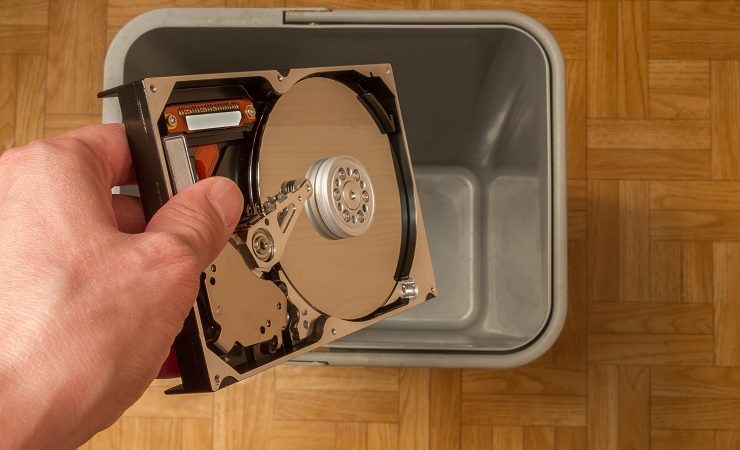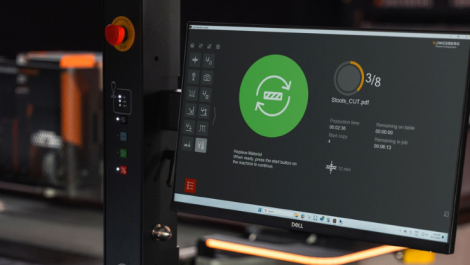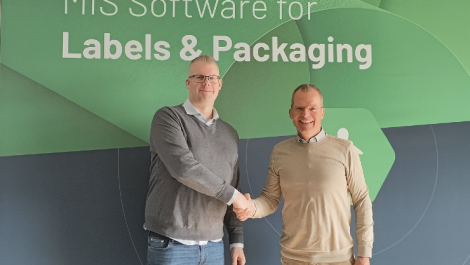Global Graphics Software has formally launched Direct, its new class of print software designed for the next generation of faster, wider, high-resolution digital presses.
Direct is a new graphics pipeline that sends data directly to the printhead electronics instead of writing to disk, reducing image processing times significantly, handling large volumes of data with ease, and accelerating the time to print, according to Global Graphics Software’s Eric Worrall, vice president of product management.
This overcomes issues with the amount of data now present and necessary in digital press environments, as exampled by the quadrupling of data by the move from a 600dpi resolution to 1200dpi. Press speeds, widths and extended colour gamuts also increase data rates. Mr Worrall likens this to flight and breaking the sound barrier, whereby refinements to hardware – presses – can only do so much to break through the data rate barrier. Direct offers the benefits of increased processing speeds and enhanced image quality, while productivity is higher, even on complex jobs with large amounts of variable data, because the time to RIP and screen data is significantly reduced.
‘Direct is a new way of looking at things,’ he commented. ‘Rather than expecting print service providers and press manufacturers to make do with a workflow that may have driven a flexo or a litho press, which is so often the case, Direct is created from the ground up specifically for the digital world and is compatible with any digital press.
‘We started with the toughest requirements for data and image quality because once you’ve cracked that problem, you can scale back from there for less demanding environments with the appropriate choice of hardware.’
Direct brings together several technologies from Global Graphics Software. Jobs entering the workflow are streamlined to optimise their processing through the RIP with new software called Streamline Direct. Files are RIPped by Harlequin Direct, or screened by ScreenPro Direct with PrintFlat to achieve the optimal quality at speed. Direct can be tightly integrated with printhead drive electronics and software from Global Graphics subsidiary Meteor Inkjet, or with other common drive electronics from other vendors.
Further, a Direct workflow protects the investment in a press made by a print service provider and the press manufacturer by building in the flexibility needed to future-proof print production at the outset. This means that the capability of a press is not limited as data rates increase and the press does need to be reengineered to meet future requirements, for instance transitioning from a static to a fully variable workflow.
Mr Worrall said, ‘When aiming for the highest possible image pipeline speed, it’s important to be able to integrate with tight knowledge and access to each component, to squeeze out every bit of performance. You can only do that if you have control and access to all components. Global Graphics Software is uniquely placed in the market as we have access to every line of code for every component; we don’t need to request features and knowledge from any third-party suppliers.’
For press vendors, Global Graphics Software noted that Direct removes the software development effort from in-house teams so that they can get presses to market more quickly. Because Direct has been engineered to meet the demands of fully variable data from the outset, it provides the option to use lower performance PC hardware for less demanding (static or mixed data) jobs. This is achieved by RIPping on the fly and streaming image data in memory directly to the printer electronics.






